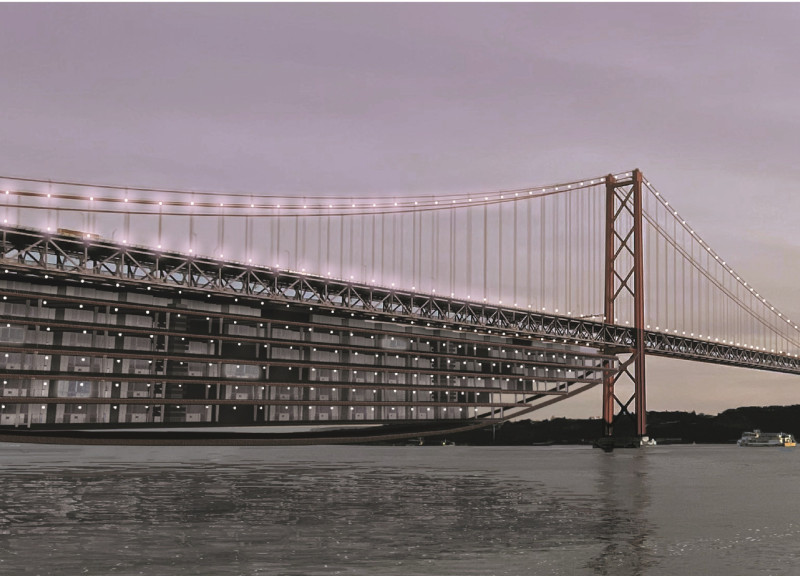5 key facts about this project
At its core, the project embodies a commitment to sustainability and innovation. The design effectively utilizes natural light, ensuring that indoor spaces are bright and welcoming, while also minimizing energy consumption. The use of large, strategically placed windows and open floor plans fosters a sense of openness and encourages interaction among occupants. This approach reflects a broader trend in contemporary architecture that prioritizes user experience alongside environmental considerations.
The layout of the project is characterized by its thoughtful arrangement of spaces that cater to various functions. Key areas include [describe notable spaces such as communal areas, meeting rooms, exhibition spaces, etc.], each designed to foster engagement and collaboration. The seamless flow between different areas is crucial, allowing for easy navigation while promoting a sense of community.
The materials selected for the project play a significant role in defining its character and ensuring durability. A careful balance of materials such as concrete, glass, wood, and natural stone has been employed to create a tactile experience that connects users with their environment. The concrete structure provides stability and longevity, while the extensive use of glass enhances transparency, blurring the boundaries between interior and exterior. Wood elements introduce warmth and texture, contributing to a welcoming atmosphere.
Landscaping also plays a crucial role in the overall design, enriching the user experience and promoting well-being. Outdoor spaces are thoughtfully designed with native plants and green areas that encourage inhabitants to engage with nature. This connection to the landscape is an essential aspect of the project, as it reinforces the idea of sustainability and environmental stewardship.
Unique design approaches, such as the incorporation of [mention specific innovative features, like passive solar design, rainwater harvesting systems, or green roofs], highlight the project’s commitment to sustainability and forward-thinking architecture. These elements not only enhance the aesthetic value of the building but also contribute to its functionality, reducing environmental impact and operational costs.
The architectural details also deserve mention, as they reflect a high level of craftsmanship and attention to detail. Features such as [describe specific architectural elements like custom fixtures, unique ceiling treatments, or intricate façade details] further illustrate the project’s dedication to quality and innovation. These elements not only enhance the visual interest of the structure but also serve practical purposes, from improving acoustics to optimizing natural lighting.
This architectural project stands as a model for future designs, showcasing how thoughtful planning and innovative materials can come together to create functional and beautiful spaces. For those interested in exploring the intricacies of this design in greater detail, reviewing the architectural plans, sections, and design ideas will provide deeper insights into the project's vision and execution. Engaging with these materials can illuminate the careful considerations that shaped this architectural endeavor, offering a comprehensive understanding of its impact and significance within the community.























